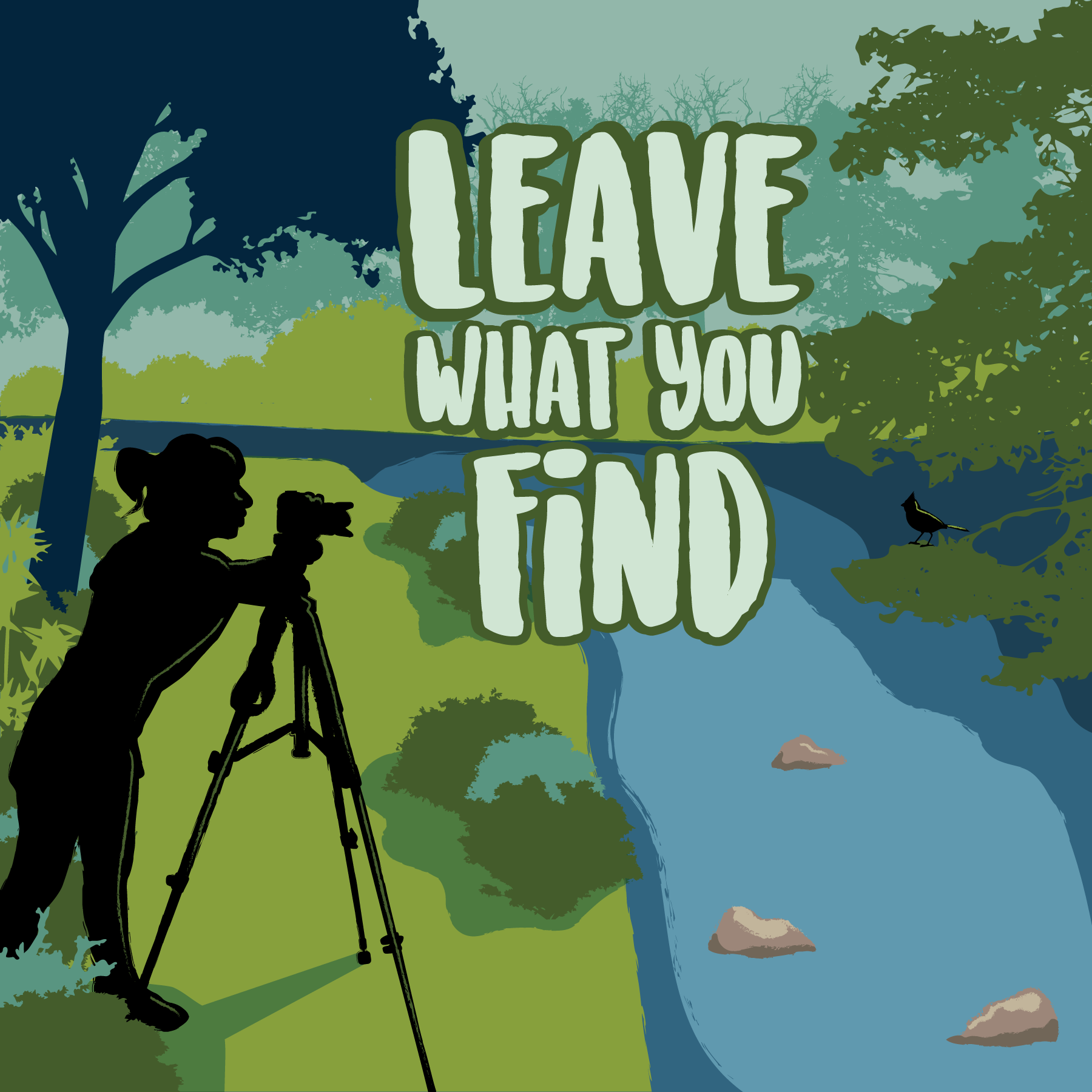Is it ever okay to take a souvenir from nature?
You’re on a walk, and you see a beautiful empty robin’s blue eggshell. The bird has already hatched, and the shell is just sitting on the forest floor. You’re a gatherer of beautiful things, and this pretty eggshell would be perfect for your collection. The question is, is it really harmful to take just one object from nature?
Let’s find out together, exploring what the 7 Principles of Leave No Trace say about removing things from where you found them in nature.
Consider this Leave No Trace Principle: “Leave What You Find – The beautiful things you find and experience in the outdoors are meant for everyone to enjoy. Take only photographs and memories with you when you leave.”
The items we find in nature have a role to play, either in the ecosystem or the story of the landscape. Leaving what we find in place helps to preserve both. Allow others a sense of discovery by leaving rocks, plants, archaeological artifacts, and other objects of interest as you find them.

Why leave plants, rocks, and other natural items?
Natural objects of beauty or interest, such as colorful rocks, antlers, eggshells, nests and more, add to the experience of an outdoor area and should be left so others can enjoy a sense of discovery. Additionally, they may play a vital role in the ecosystem by providing essential nutrients, habitat, or other benefits.
Picking a few flowers or removing some natural items might not seem to have a significant impact. However, consider if every visitor thought they would take “just a few” of something. Before long, it would have a much more significant impact! Some pollinators are supported by plants that have a very small range, or some wildlife may depend on the item that was removed.
When foraging for edible plants, be careful not to deplete the surviving vegetation or disturb rare or slow reproduction plants. All local guidance should be closely followed.

What about cultural items, like arrowheads?
The same ethic applies to cultural items found on public lands. Protect these cultural and historic sites and objects by observing and admiring them at a respectful distance. Not only do these items provide stories of past peoples, but leaving them helps to protect the spiritual connection that current peoples may have to these items and places today.
How can I still take a souvenir to remember my outdoor experience?
Think of different ways that you can capture your outdoor experience without physically removing anything.
Some ideas:
- Take a picture or video of scenes that hold special memories
- Sketch a drawing or bring an art kit with you to create a painting
- Write a poem about what the experience felt like
- Sing or play a song that reminds you of that spot outdoors
- Write a blog post about your outdoor experience (and submit it to editor@pawildscenter.org if it’s about an experience in the PA Wilds region and you’d like the chance for it to be on the PA Wilds blog!)

The PA Wilds Conservation Shops physical storefronts and PA Wilds Marketplace online are also great places to find physical souvenirs that help you remember your outdoor adventures while still respecting public lands!
The PA Wilds Conservation Shops and PA Wilds Marketplace sell products that are handcrafted or designed by local artisans who live and work in the PA Wilds region. That means your dollars go further, helping to support those hardworking individuals and the local economy. You’ll be able to proudly say that you “took home a piece of the PA Wilds” and can fondly remember your memories here… and look forward to making more memories on new adventures too!

Some products available include branded PA Wilds apparel, shirts or other items featuring images of the state parks or local natural assets, handcrafted jewelry, unique mugs, books about the region, balms and beauty products that are sustainably sourced, magnets, stickers, and many more artisan gifts and souvenirs.
You can find the flagship PA Wilds Conservation Shop on the bottom floor of the Kinzua Bridge State Park Visitor Center, McKean County. In summer 2024, two more PA Wilds Conservation Shops will open: one at Leonard Harrison State Park, Tioga County, and another in a former train depot building along the Knox and Kane Rail Trail in Marienville, Forest County.

The PA Wilds Leave No Trace Initiative
Leaving what you find is just one of the ways to honor the Leave No Trace 7 Principles!
Want to learn more about the 7 Principles of Leave No Trace and how you can apply them while exploring the PA Wilds? Learn more about how you can be a good steward in the PA Wilds at our Leave No Trace page.
You can also take a free online training course as an individual. Or, if you have a business or organization, you can become a PA Wilds Leave No Trace Partner!

About Leave No Trace:
Leave No Trace is a national educational program to inform visitors about reducing the damage caused by outdoor activities, particularly non-motorized recreation. Leave No Trace principles and practices are based on an abiding respect for the natural world and our fellow wildland visitors. Using the power of science, education and stewardship, Leave No Trace is on a mission to ensure a sustainable future for the outdoors and the planet. No matter where or why you get outside, it’s yours to protect. Learn more at LNT.org.
©Leave No Trace: www.LNT.org



